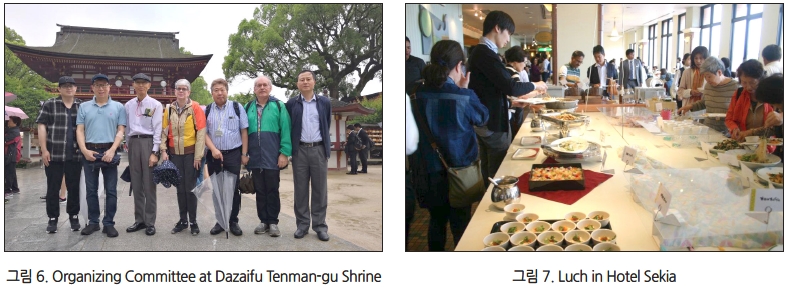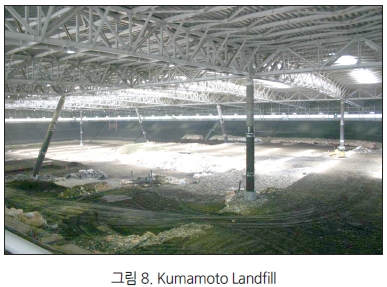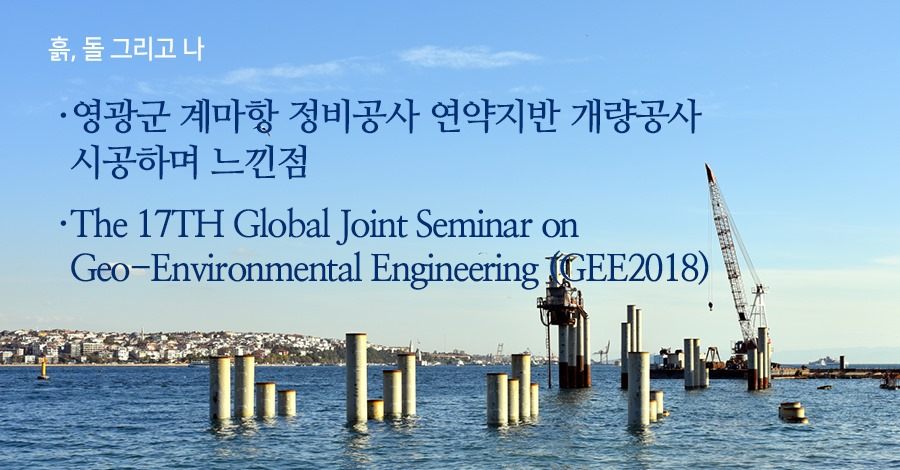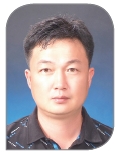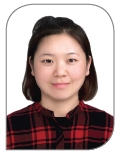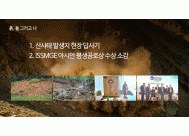영광군 계마항 정비공사中
연약지반 개량공사 시공하며 느낀점
1. 개 요
2015년 9월부터 2017년 11월까지 약 26개월간 전남 영광군 한빛발전소인근 계마항 정비공사를 현장소장으로 근무하게 되었다.
본 사업은 계마항의 정비계획 수립이후 일정기간이 경과됨에 따라 항내 수역이 지속적으로 매몰되어 매몰실태에 대한 모니터링 조사를 거쳐 수립된 매몰저감 계획을 검토하고, 그 결과에 따라 준설 및 투기장 조성등 매몰저감 계획시설에 대한 수치모형 실험등을 통하여 평면 배치계획의 적정여부 및 최적의 시설단면을 결정하여 합리적인 어항개발을 수립하는데 그 목적이 있다.
이 글에서는 준설토 투기장 조성 공사시 하부 연약지반보강공사에 대하여 기술하고자 한다.
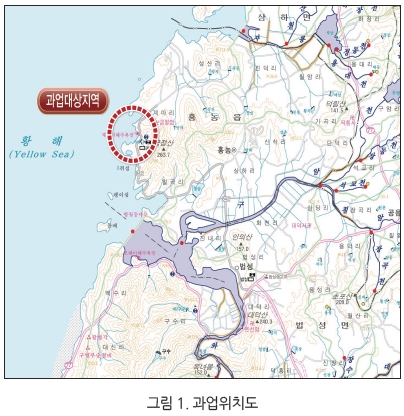
2. 연약지반개량공사(해상DCM공법) 소개
DCM(Deep Cement Method, 심층혼합처리)공법은 점성토, 사질토, 유기질이토 등 연약지반이나 투수계수가 높은 모래 자갈층, 풍화토 지반 내에 시멘트와 물을 혼합하여(슬러리化) 저압으로 지반 내부에 토출 하면서 교반 비트를 회전시켜 지반과 슬러리를 혼합하여 지반 내에 땅콩모양의 말뚝 개량제를 조성하는 공법으로 해상공사에 경제적이다.
단, 사석층 또는 N치 15이상이면 개량이 어렵다.
현재 국내에서 해상 DCM공법 시공은 전용선(대선과 Pile Driver 일체식)과 조합선(부선에 크롤러C/R을 탑재)방식이 있다.
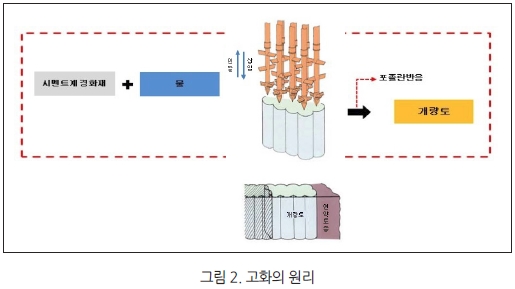
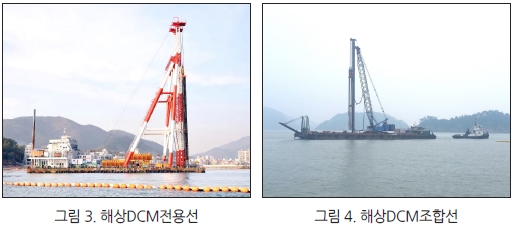
3. DCM공법 시공
제가 이전에 근무했던 현장에서는 전용선 방식과 조합선 방식을 다 시공해보았으며 각 방식의 장단점이 있었다
다음과 같은 장·단점 때문에 당 현장에서는 장비의 단점을 개선하기 위해 시공업체와 접촉과정에서 조합선 방식으로 위치 Setting 시스템을 개선하여 시공시간을 획기적으로 단축하고, 안전성, 경제성을 확보할 수 있다고 판단하였으며, 기존방식인 선박 전체를 앵커조정에 의해 이동하는 시스템을, 대선과 대선에 탑재되는 C/R의 규격을 대형화하여 선박은 앵커로 고정한 채로 육상작업처럼 선박위에서 C/R 장비가 직접이동하며(Pile Driver상단에 GPS 설치) 세팅하였고, 이결과로 Setting 시간이 기존 System보다 약 4배정도 단축되어 시공성, 경제성, 안전성을 확보할 수 있었다.
항만공사는 육상공사에 비해 계절풍, 너울성 파도등 기상에 영향을 상당히 많이 받게 되는데 이 장비를 이용하여 계절풍이 불기 전에(10월말) 공사를 안전하게 완료할 수 있었다.
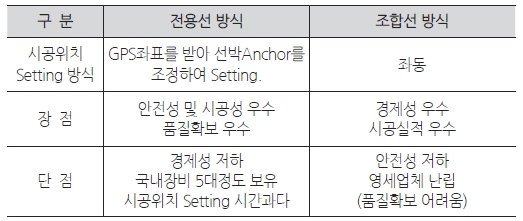
4. 맺음말
공사를 시행하며 항상 느끼는 부분이지만 기존의 정형화, 일반화된 시공방법만을 고집하지 말고, 뭔가 좀 더 안전하고 능률적이고 비용절감이 가능한 방법이 없을까 고민하고 협의하다 보면 거의 대부분 개선된 시공법을 찾게 되었다는 것이다.
현장소장, 회사의 입장에서는 품질과 안전을 확보하면서 원가절감이 최우선 목표이기 때문에 직원및 업체들과 끊임없이 협의하고 고민하는 것을 귀찮고 두려워해서는 안된다고 생각했으며, 다행히 그 결과물 또한 매우 만족스러웠다.
마지막으로 어려운 여건 속에서도 저와 같이 동거동락 해주신 계마항 정비공사 현장 관계자분들과 주민들께도 감사인사 드립니다.
The 17TH Global Joint Seminar on
Geo-Environmental Engineering (GEE2018)
Hello, my name is Liu Xiaofeng, a joint Ph.D. student in Seoul Natinal University from Taiyuan University of Technology. I attended GEE from May 24 to May 26 with our laboratory students and professor Junboum Park.Geo-Environmental Engineering(GEE) is a Japan-Korea-France-Canada Global Joint Seminar which is held every year. The first Korea-Japan Joint Seminar took place in Seoul in 2001 based on the agreement between Professor Junboum Park (Seoul National University) and Professor Kamon(Kyoto University). Then GEE become a Japan-Korea-France-Canada Global Joint Seminar since 2007.In this year, the 17th Global Joint Seminar on Geo-Environmental Engineering was held in Fukuoka University, Fukuoka, Japan. The period was from May 25 to May 26 in 2018. The GEE program include two parts: Seminar in May 25 and Field trip in May 26.
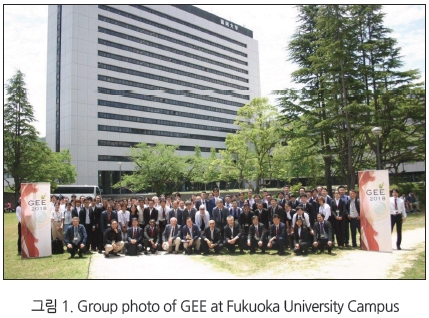
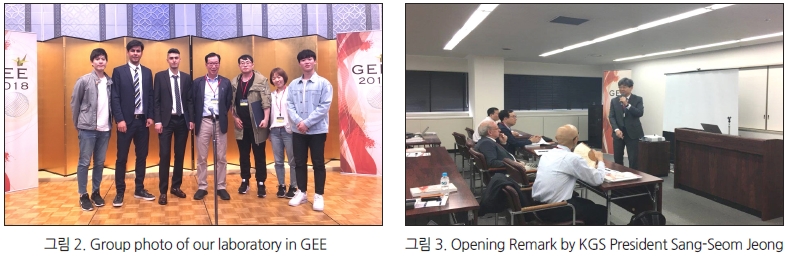
Seminar
There were 65 presentations from 9 countries in GEE2018, which was the biggest number of presenters among last 17 seminars. Because of the tight schedule of one day seminar, three parallel sessions had been conducted: Geotechnical issue, Geoenvironmental issue, and Remediation of contaminated soils and groundwater.
The opening remarks were conducted by professor Kenichi Sato, organizing head from Fukuoka University and the president of Korean Geotechnical Society(KGS), Sang-Seom Jeong. Professor Takayuki Shimaoka from Kyushu University did keynote Lecture named “Recycling of incineration residues: an approach to the minimization of solid waste landfilling”
Then the presentations proceeded into three parallel sessions. Excellent speakers among students received cash rewards, which were funded by Korean Geotechincal Society. The rewards were divided into three kinds: $ 300 for first prize(1 people), $ 150 for second prize(2 people) and $ 100 for third prize(3 people). Award results were announced in closing remarks, Xin Xu and Patrick Sun Kwon in our laboratory respectively obtained second prize and third prize. I think it’s very kind for Korean Geotechincal Society to reward the excellent presentation. In addition, introduction of GEE 2019 was unveiled, it will be held in Canada next year.
After the conference, Gala Dinner was prepared in Hotal New Otani HAKATA. There was a light dinner that was very delicious. The award ceremony was then held in dining hall after dinner.
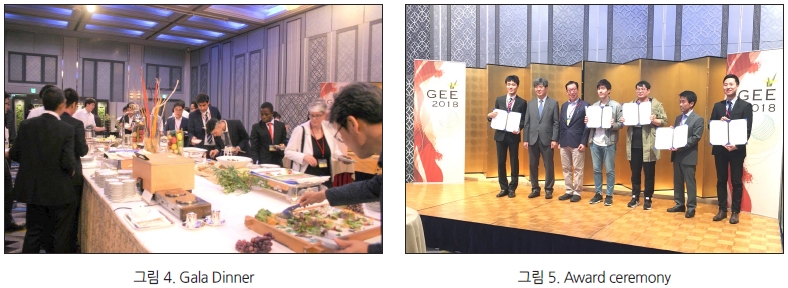
Field trip
The second day was on Field Trip. It’s a memorable experience I think. We assembled in Humanities and Social Center Lobby, Fukuoka University at about 8:50 and then departed to Dazaifu Tenman-gu Shrine, built over the grave of Michizane Sugaware venerated by the Japanese throughout the country as the Tenman-Tenjin(the defied spirit of Michzane), or the God of literature or calligraghy. It was the Taiko-Bridge that impressed me most, which was formed from three elements, the first arched bridge represents the past, the flat bridge the present, and the second arched bridge the future.
After technical visit of Dazaifu Tenman, we moved to Hotel Sekia for lunch, the lunch included some traditional Japanese food and I think it’s very delicious. We have a good lunch time.
When the lunch finished, we set out to go to visit the Kumamoto landfill. The bus drove down the road and we enjoyed the scenery on the way. Fukuoka is a beautiful and clear city and a very good place to live in my opinion, the road was very clear and the virescence maintenance was very well here.
We visited a landfill in Ecore Kumamoto, learned the construction process of the landfill. I think there are a lot we can learn from the technology. They treat with every link seriously, and, I feel that what commands even greater admiration is that the leachate after treatment was very clear up to drinking level. Also the landfill was concerned by the roof with seismic design against more than 7 scale.
The trip ended after the landfill visit, then we went to Fukuoka Airport by bus and were about to return to Seoul. I think it’s an interesting experience to participate the 17th Global Joint Seminar on Geo-environmental Engineering. I really appreciate every member of GEE, especially thank professor Junboum Park for providing this good chance.
